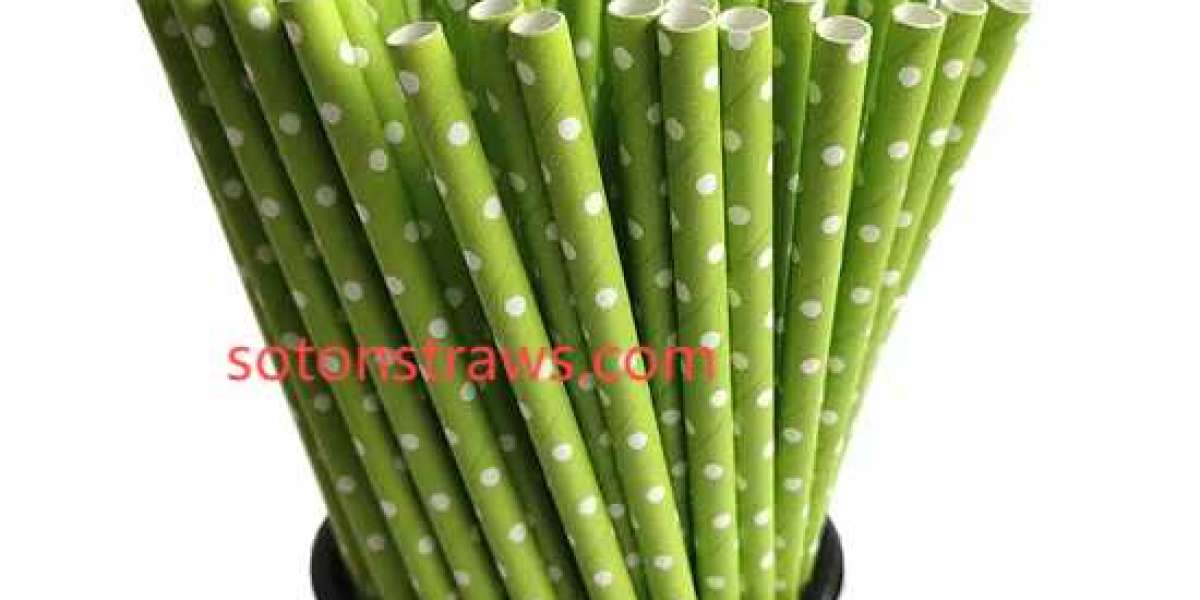Youth consumer behavior has positioned eco-friendly straws Factory operations at the forefront of China’s climate activism, transforming manufacturing facilities into laboratories of intergenerational sustainability. These industrial hubs now function as bridges between academic research and commercial viability through cutting-edge material science.
Marine conservation meets campus demand. Indonesian facilities process ghost fishing nets into nylon-reinforced straws using enzymatic recycling – each ton cleaned from coral reefs produces 8,000 classroom-safe units . Mediterranean manufacturers blend Posidonia oceanica seagrass with algae bioplastics, creating marine-degradable straws that support coastal ecosystem restoration .
Digital-native engagement models emerge. Seoul’s StrawTracker app allows students to scan QR codes documenting their straw’s lifecycle from sugarcane field to compost heap, increasing reuse rates by 57% in university districts . Augmented reality configurators enable eco-friendly straws Factory engineers to collaborate with student councils on ergonomic designs optimized for bubble tea consumption – the most requested feature across Asian campuses .
Thermal innovation addresses safety concerns. Nordic manufacturers embed phase-change materials in straw walls, maintaining beverage temperatures for 90+ minutes without plastic liners – a breakthrough adopted by 83% of Swedish school meal programs . Tropical climate solutions utilize hydrophobic lotus leaf-inspired coatings, preventing bacterial growth in humid environments while remaining fully compostable .
Closed-loop campus systems gain momentum. California’s university networks partner with local eco-friendly straws Factory units to convert used straws into 3D printing filament for engineering departments. This circular model reduces procurement costs by 38% while providing hands-on sustainability education .
click sotonstraws.com to reading more information







